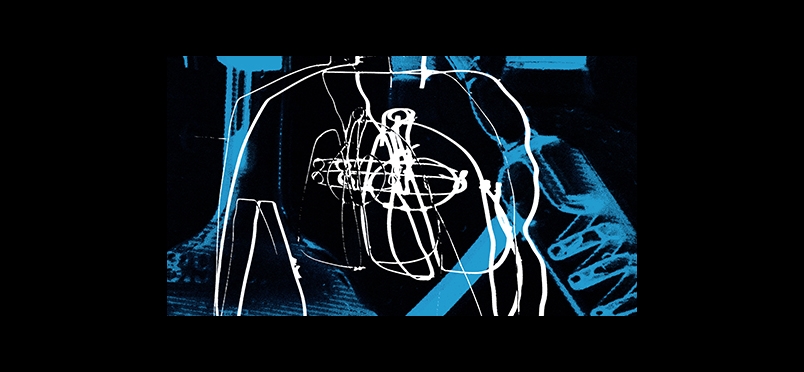| medication
Eliminating Medication Side Effects

Change the Configuration, Improve Safety & Efficacy
Scientists from Hong Kong Baptist University (HKBU) have developed a novel technique that can produce pure therapeutic drugs without the associated side effects.
The approach, which uses a nanostructure fabrication device, can manipulate the chirality of drug molecules by controlling the direction a substrate is rotated within the device, thus eliminating the possible side effects that can arise when people take drugs containing molecules with the incorrect chirality.
Published in the international scientific journal Nature Chemistry, the research findings pave the way towards the mass production of purer, cheaper and safer drugs that can be made in a scalable and more environmentally-friendly way.
Many chemical molecules have two configurations, or chiral versions, that are mirror images of each other. While sharing the same molecular formula, the two chiral versions have different arrangements of their constituent atoms in space. The two versions of the molecules are characterised by left-handed and right-handed chiral configurations like human hands. Molecules with "left-handed" and "right-handed" chirality can have totally different biochemical effects.
More than half of the therapeutic drugs are made up of equal amounts of left-handed and right-handed chiral molecules, commonly known as "racemates"; one can cure specific diseases, but the other may have adverse effects. Separating and producing molecules with only the chiral arrangement (known as a single enantiomer) responsible for the therapeutic effects can help to produce drugs with improved safety and efficacy.
In general, molecules have an extremely small size ranging from one-millionth to one hundred-thousandth of the diameter of a human hair. It is therefore extremely challenging to selectively produce one of the two chiral molecule versions using "macro-scale" control (i.e. the dimensional scale that can be seen using the naked eye and operated by hand). To produce single-enantiomer drugs, chemists have overwhelmingly used molecules called "chiral ligands" to effectively control the molecular chirality of drugs in the laboratory or industry at the molecular scale, a process called asymmetric synthesis. However, the existing technologies for producing single-enantiomer drugs are composed of complicated procedures, which are expensive and environmentally-unfriendly.
Dr Jeffery Huang Zhifeng, Associate Professor in the Department of Physics at HKBU, and his research team devised a novel approach to manipulating molecular chirality through macro-scale control in collaboration with Sichuan University, Guangxi Medical University and the Southern University of Science and Technology. It involves mediating the manipulation with helical metal nanostructures (i.e. metal nanohelices) that are in the shape of a helical spring, and they have a characteristic size of one-thousandth of the diameter of a human hair.
The research team fabricated...
Read the article.
Other Categories:
Did you enjoy this article?
Subscribe to the PAINWeek Newsletter
and get our latest articles and more direct to your inbox
